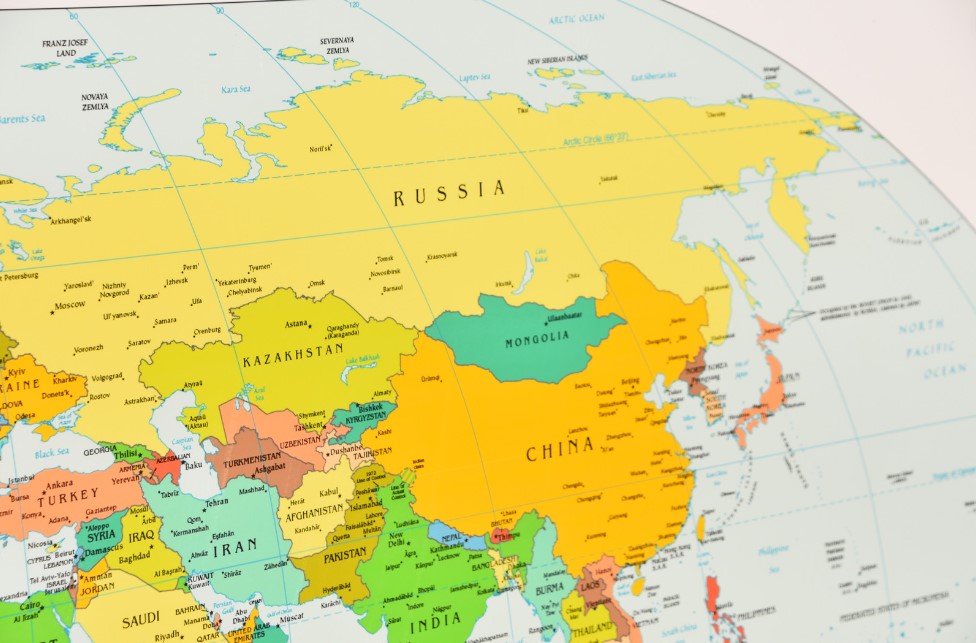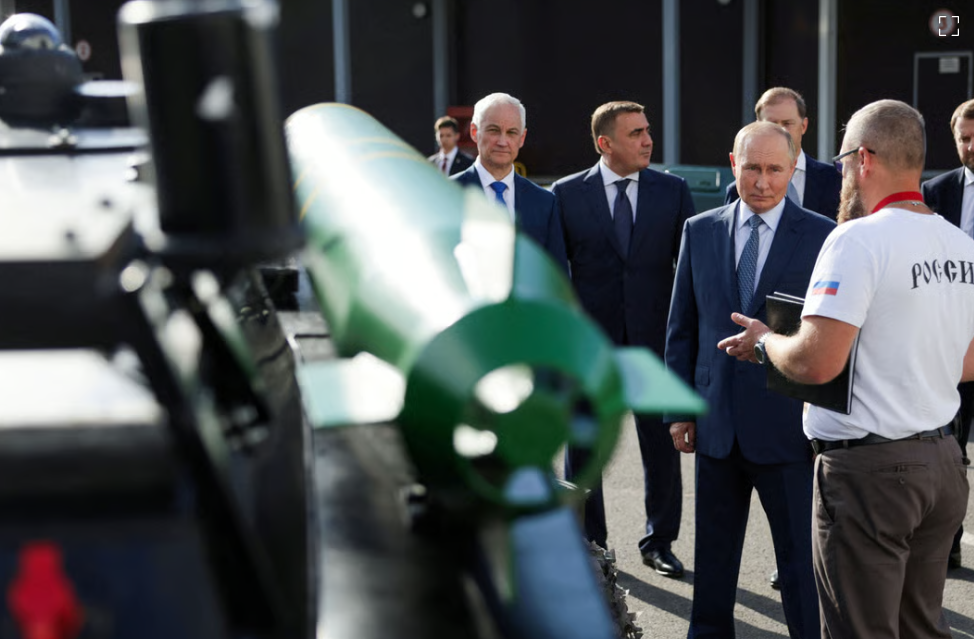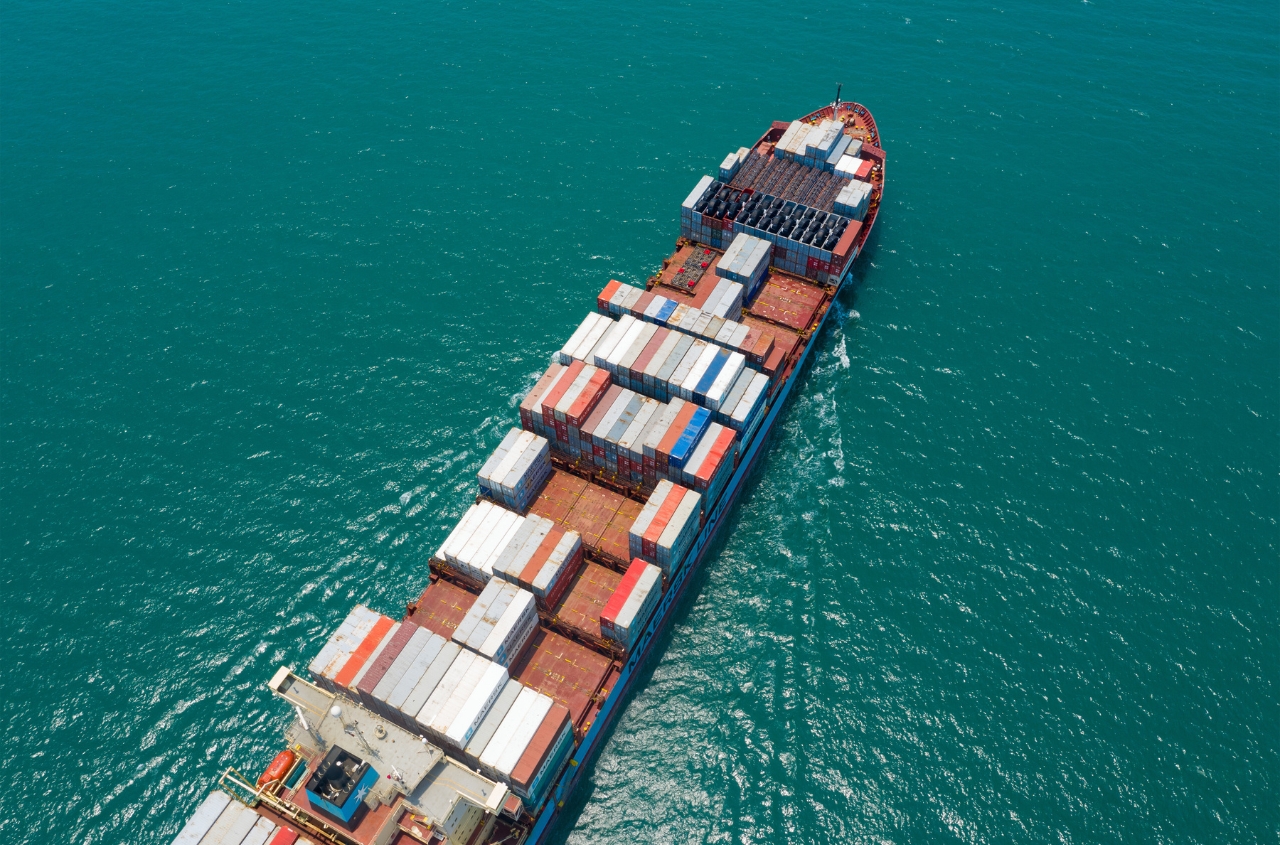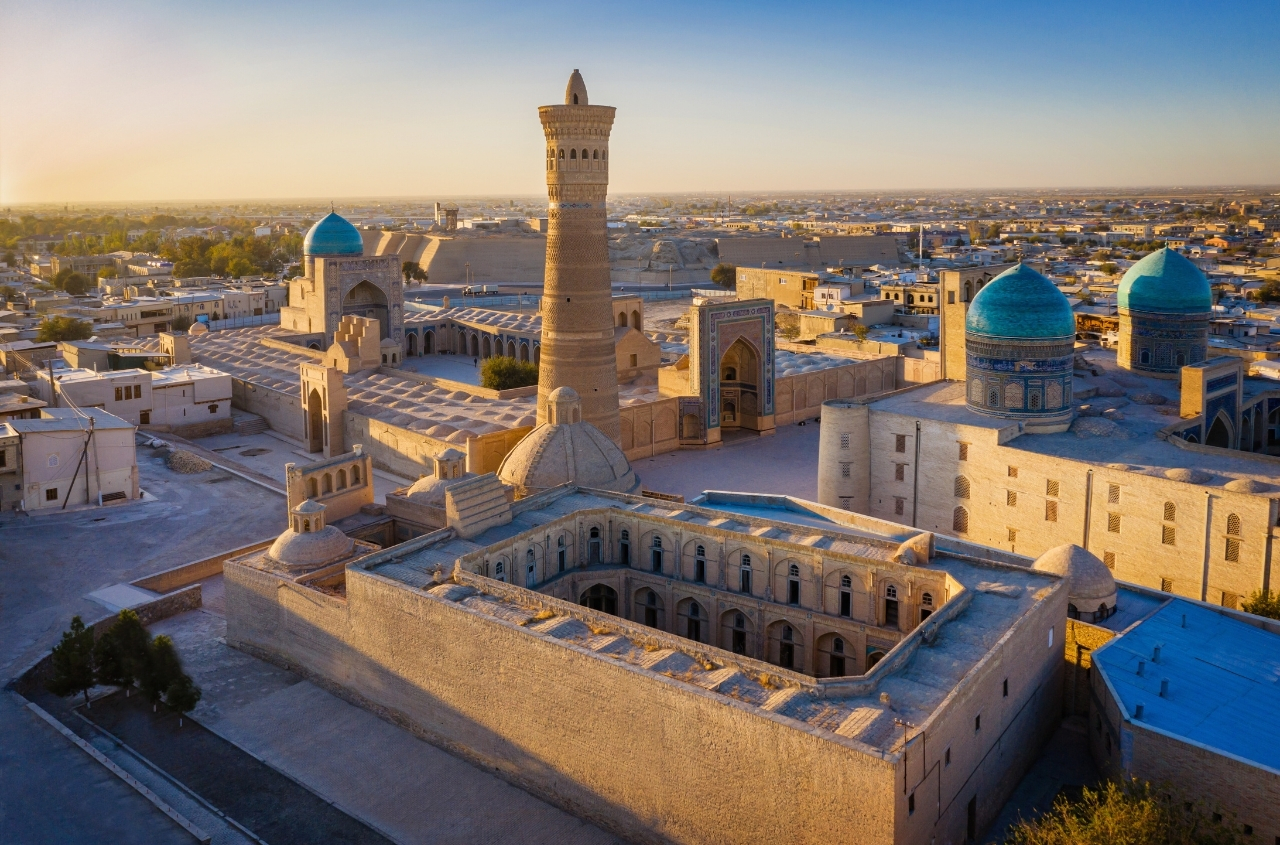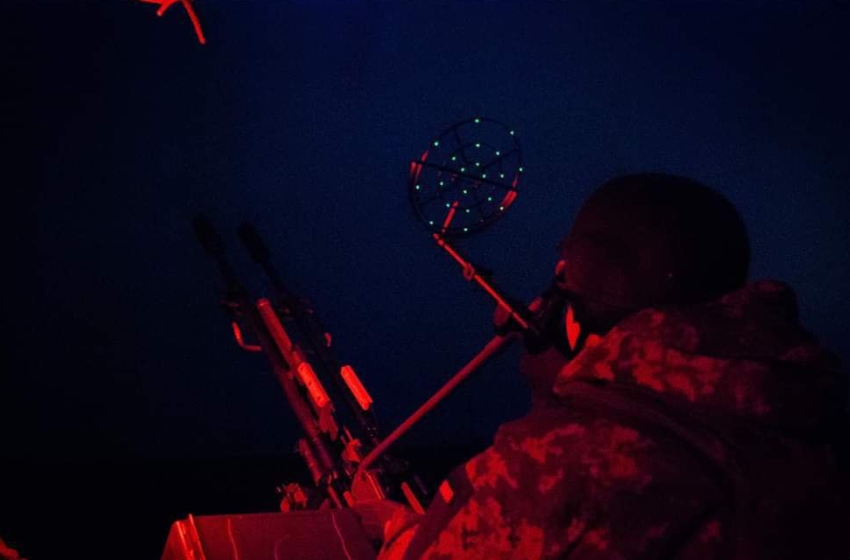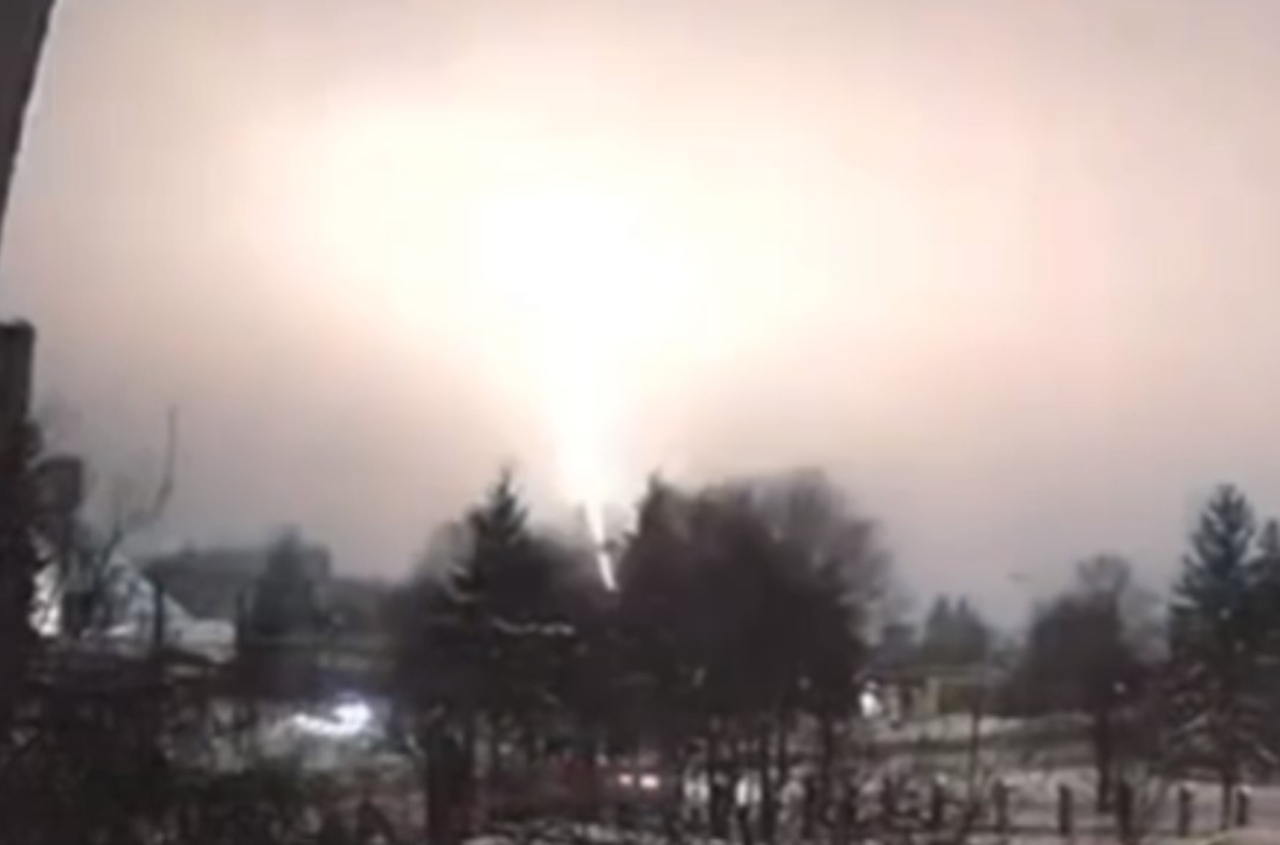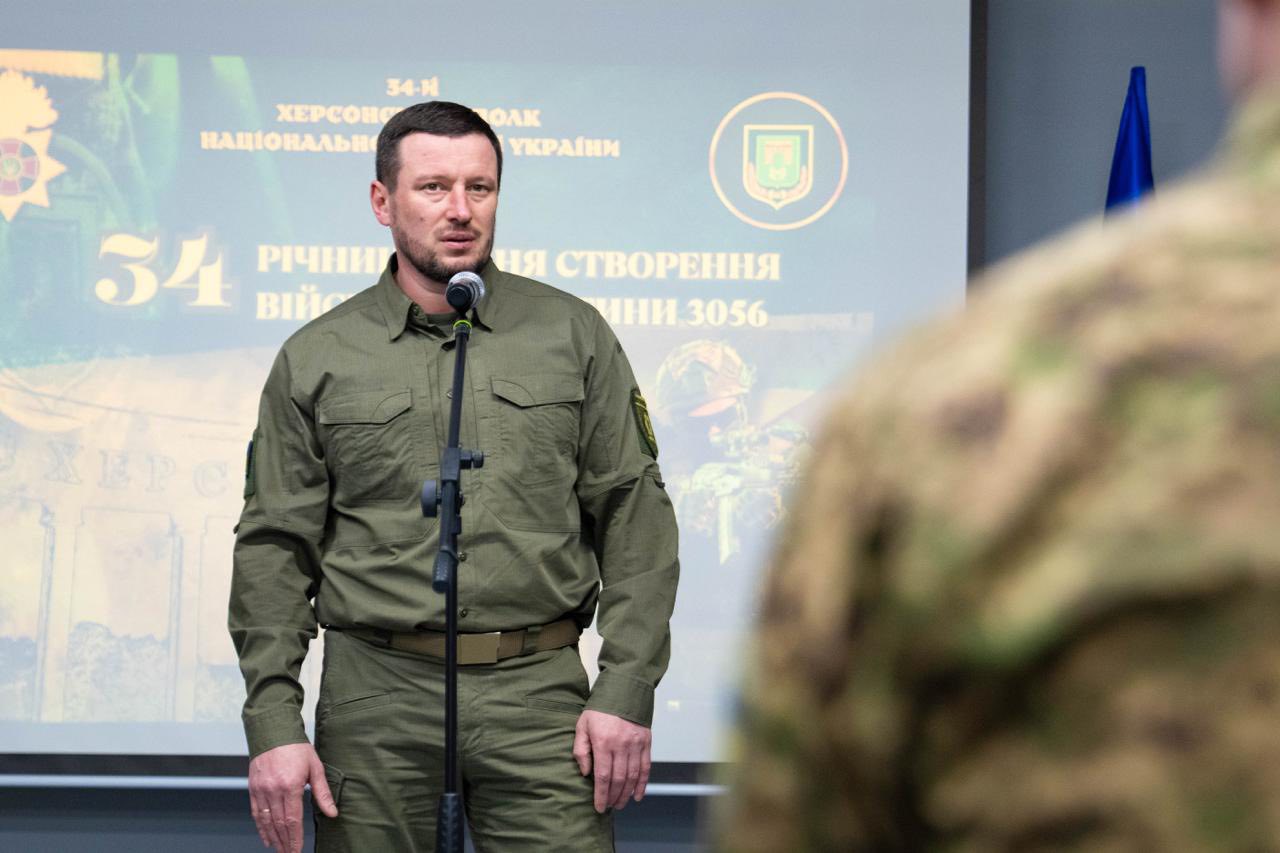"Five Types of Hybrid Weapons of the Future:
- Energy.
- Climate.
- Migration.
- Water.
- Food.
To control energy, it is necessary to lead in nuclear fusion technology, green transition, and control fossil energy resources (uranium, oil, gas, coal).
In other words, control the Middle East and Russia.
Control over climate involves the Atlantic (Gulf Stream) and the Arctic. George Soros wrote about this in one of his recent articles. I called it the First Global Climate War at that time.
Migration flows mean controlling the equatorial zone and the northern part of Africa.
Water means controlling Russia and the Arctic, especially Greenland.
Food involves the Eurasian steppes and controlling them.
In this context, many things become clear.
For example, the "strategic duo" of China and Russia encompasses energy, water, and food.
Russia's war against Ukraine is part of the expansion along the Eurasian black soil belt from Altai to the Ural, including Russia and China's influence on Kazakhstan, further into the Caspian region, Kuban, Don, Azov Sea, and beyond.
To control migration, Russia and China are advancing specifically in the equatorial zone of Africa: from Sudan to the Central African Republic, Mali, Niger, Burkina Faso.
Climate control involves Arctic exploration and climate regulation methods, where some countries will experience colder temperatures due to thermal loads being shifted to other countries (and this is no longer conspiracy but scientific reality).
For example, a temperature drop in California might chain-react into higher temperatures in Europe, and so on.
In terms of energy, we are already seeing how China wants to take the lead in renewable energy sources (production of solar panels and wind turbines).
Russia and the U.S. are competing in nuclear fusion technologies, and energy flows are being redirected from Europe to Asia.
There is a struggle for influence in the Middle East, and Saudi Arabia's refusal to extend the petrodollar agreement.
Thus, key geopolitical players may not directly engage in combat (at most, using proxy countries).
Everything will be decided through redirecting and controlling the flows of energy, water, food, migration, and climate changes.
The number of countries seeking nuclear weapons will increase. Russia's role as the "nuclear womb" of the Global Island may also strengthen.
To secure energy, food, water, migration management, and climate changes, a significant amount of nuclear weapons is required.
China is placing its strategic nuclear forces in Heilongjiang Province near Russia so that any attack on them would be considered an attack on Russia as well.
China is "pressing" towards the Russian nuclear womb, understanding that its own nuclear arsenal is insufficient for global deterrence.
If reason does not prevail in this confrontation, it could end in a "forty-day war for the wasteland" as seen in the recent Mad Max series film Furiosa."









